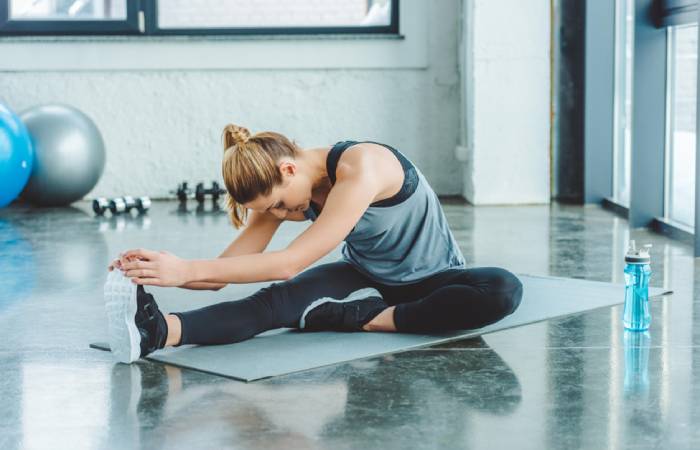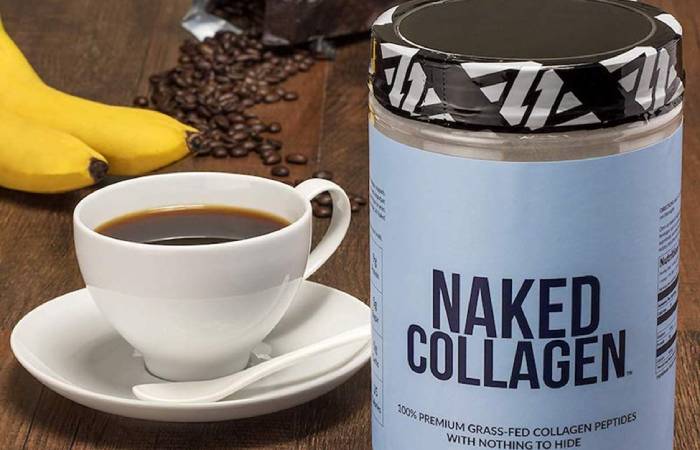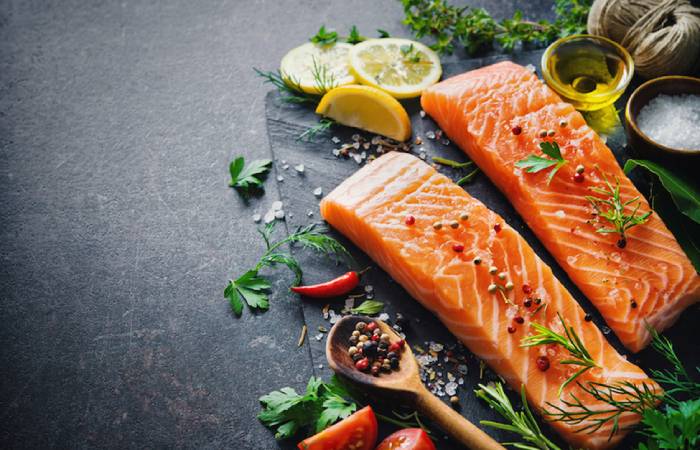Protect Your Joints as an Athlete – For athletes of all levels, joint health should be a major concern, if you want to avoid injuries and stay pain-free.
Consistent high-impact exercise is easy to lead to joint injuries, which can keep you out of training and competition for some time. And perhaps even worse is the prospect of doing long-term damage to your joints, which can lead to a lower quality of life as you age.
However, you don’t need to accept joint pain and injuries as an unavoidable side-effect of taking part in athletic activities. Understanding a bit about joint health can help you keep your joints safe and strong, without sacrificing training intensity.
Read on and we’ll explain how.
Table of Contents
Why Your Joints Might Be At Risk
Begin by understanding how joints get injured in the first place.
First, high-impact activities put a lot of strain on the joints. Take running, for example. The impact of your feet landing on a hard surface puts stress on all the joints along the legs, starting with the ankles, up to the knees and hips.
After a while, this is going to wear down the soft tissue that holds your joints together.
You can also get joint injuries due to improper form, or putting joints through an unnatural motion. Think about when a knee gets hyperextended or doing an overhead press with poor form. Your joints are not used to moving this way, and combining that motion by loading a heavy weight or intense pressure (e.g. running at a high pace) is likely to cause damage.
So, joint health basically comes down to these two things – wear and tear, and putting the joints through unnatural movements with too much force. In order to preserve your joint health, you’ll want to focus on protecting against both of these scenarios.
Warm Up to Protect Joints
The first thing you should think about to protect your joints is properly warming up.
Many injuries happen because we try to do too much too fast, when our joints and muscles are still cold.
When you start a workout, your joints are going to be stiff. That’s because they haven’t been in use. It takes a little time to loosen up the joints and get them ready to be put under pressure.
The same goes for the muscles – they need time to warm up too. And when your muscles are stiff and cold, they force more stress on your joints, which can result in injuries.
Always warm up before a game, training session or workout, focusing particularly on the joints, and muscle groups you’re about to use. Start slow, and gradually work up to a more complete and fluid range of motion. You can warm up through a dynamic stretching routine, or simply by low-weight, controlled reps.
Collagen and Joints
The other common way you’re going to get joint pain and injuries is through wear and tear. The tissue that makes up your joints degrades over time, and does so faster if you’re constantly putting your joints under stress.
The body has processes by which it naturally repairs itself, using protein as building blocks for this process. It needs a particular type of protein, called collagen, to rebuild and repair the connective tissue in your joints.
Collagen is the main building block for many parts of the body – not only connective tissue, but hair, skin, bones, teeth, muscles and much more.
Your body needs enough collagen to be able to effectively repair the wear and tear that happens to your joints. Without sufficient levels of collagen, the healing process will take longer, and the integrity of the connective tissue in your joints will be weaker, leading to a higher chance of injuries.
What happens to Collagen Production as we Age
The body naturally produces collagen, to support joint health, skin health, and the rebuilding of damaged joints, cartilage, tendons, muscle and more.
The problem is, as we age, our collagen production declines. From the age of 30, our bodies begin to lose collagen. That’s why, as we get older, it’s common to get wrinkles and damaged skin, brittle hair and nails, weaker muscles, and joint problems. All of these are a result of low collagen.
Certain dietary habits or lifestyle conditions – such as UV exposure and pollution – can accelerate the decline of collagen. However, you can also slow the decline of collagen and keep your joints, skin, etc in better condition even as you age.
Supplementing with Collagen for Joint Health
One of the best ways to boost long-term joint health is to ensure you get enough collagen in your diet.
As mentioned earlier, collagen is naturally produced by the body. But if you’re putting your joints under constant wear and tear, and/or you’re aging and your collagen levels are beginning to decline, your natural collagen production may not be enough.
A collagen supplement is a great way to ensure your body has sufficient collagen levels. Collagen supplements are generally completely natural and free of any side-effects or risk. They simply contain natural collagen that your body can use for regular repair and maintenance.
As far as how much collagen per day for joint health, the general consensus is that between 8-12g of collagen is ideal.
You can also get collagen from food sources. Connective tissues from animals are rich in collagen, and bone broth (made by slow-cooking animal bones, tendons and ligaments) is a great way to get more collagen in your diet.
Other Joint Healthy Foods
You can look to additional food sources to help support joint health, other than those which contain collagen.
Any foods that contain omega-3 fatty acids and antioxidants can be good for your joints, due to the way they fight inflammation in the body.
Some examples of joint-friendly foods include:
- Fatty fish (salmon, tuna, sardines)
- Berries
- Olive oil
- Dark chocolate
- Green vegetables
- Nuts and seeds
Final Thoughts
Whether you’re a professional athlete, a hobbyist, or just someone who enjoys an active lifestyle, it’s vital you take care of your joints.
Not only are joint injuries very common among athletes, but years of wear and tear can also lead to terrible joint pain and discomfort as you get older, and your body’s natural collagen stores get depleted.
Make sure you warm up properly and maintain proper form whenever you do strenuous exercise. And at the same time, look at ways to get more collagen in your diet, so your body has what it needs to repair itself and preserve healthy joints.

